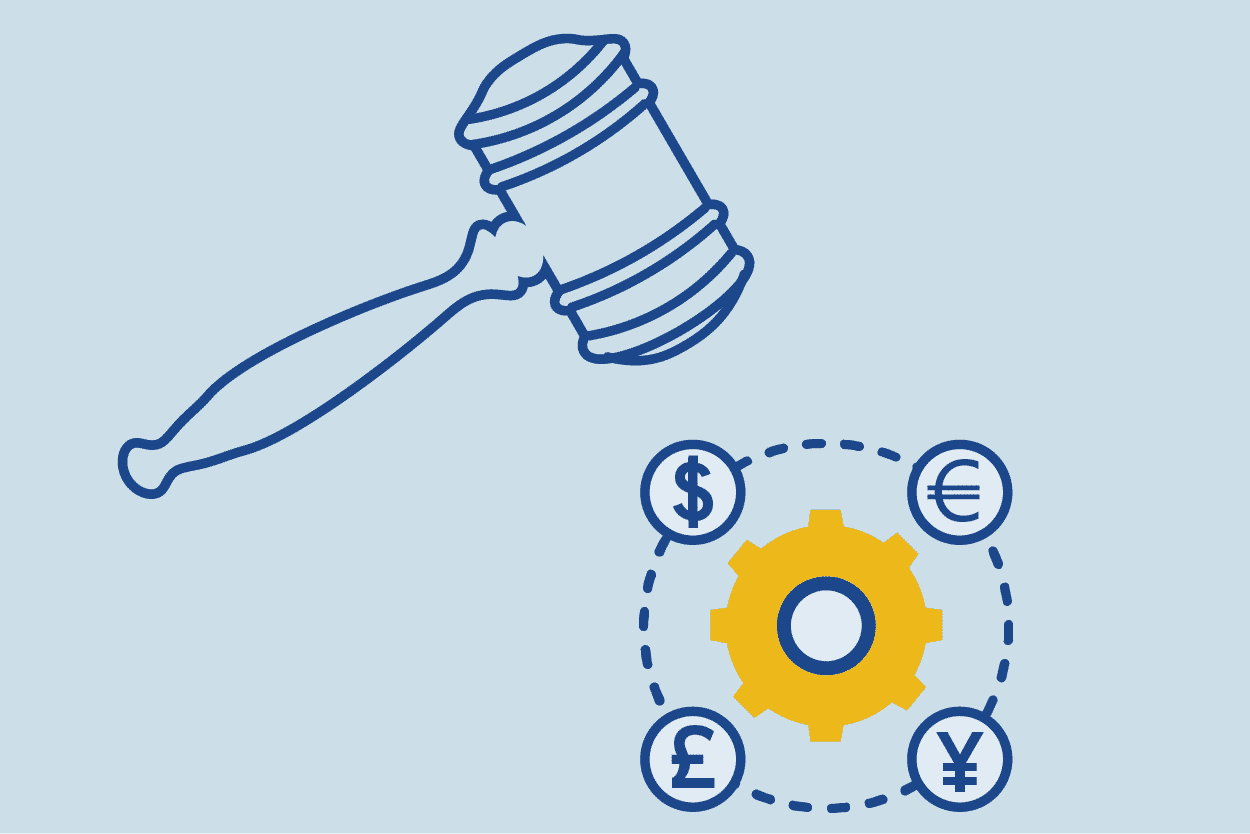Derivative Valuation
Derivative valuation and the trading of derivatives by asset managers is now commonplace. Broadly there are three reasons for this: 1) the need for better hedging of the market and credit risk factors that portfolios are exposed to; 2) the search for higher returns in a low yield economic environment; and 3) the requirement for a broader range of tools to help diversify portfolio asset allocations.
However, in the aftermath of the financial crisis, the use and regulation of derivatives became more complex. In the space of only a few years investment firms have needed to become more familiar with concepts related to derivative valuation such as:
- the XVAs (CVA, FVA, MVA, KVA)
- OIS Discounting
- the impact of cheapest to deliver bonds on portfolio returns
- collateral optimization
New Portfolio Valuation Methods Require Fresh Expertise
The problem for investment firms is that the knowledge and expertise in these topics has traditionally sat with their sell side counterparts. However, that is slowly changing: Investment strategies such as liability-driven investment (LDI) require asset managers to put on long dated, hard-to-value derivative trades that hedge the inflation and interest rate exposures that are automatically created by a lot of these funds.
As asset managers typically have some of the largest holdings of bonds and equities in the market, their natural preference is to use these holdings to collateralize any derivatives they need to trade. Post crisis, however, derivative valuation for a derivative collateralized with a bond can be materially different to the valuation of the same derivative when it is collateralized with cash. This simple fact means any investment firm with derivatives in their portfolio that is not looking at the impact of these changes on their portfolio valuations is not valuing them properly and risks material write downs if/when they do make the move to industry standards that have emerged.
Control and Regulation Are Coming
In parallel with the need to adjust valuations to account for changes to approaches in derivative valuation, the larger Asset Managers have also realised that at least some of the onerous control and regulatory requirements that banks were being forced to adhere to are also coming their way. The processes and controls for P&L calculation, market risk and credit risk that investment banks have spent years implementing are now slowly being implemented by the buy side.
Enabling the new derivative valuation techniques within an investment side firm often requires new data sources, an enhanced data warehouse, and increased data management capabilities. To ensure that all data types can be easily ingested, interlinked and managed optimally across the firm, please contact us and we’ll be happy to share our experience and guidance.

